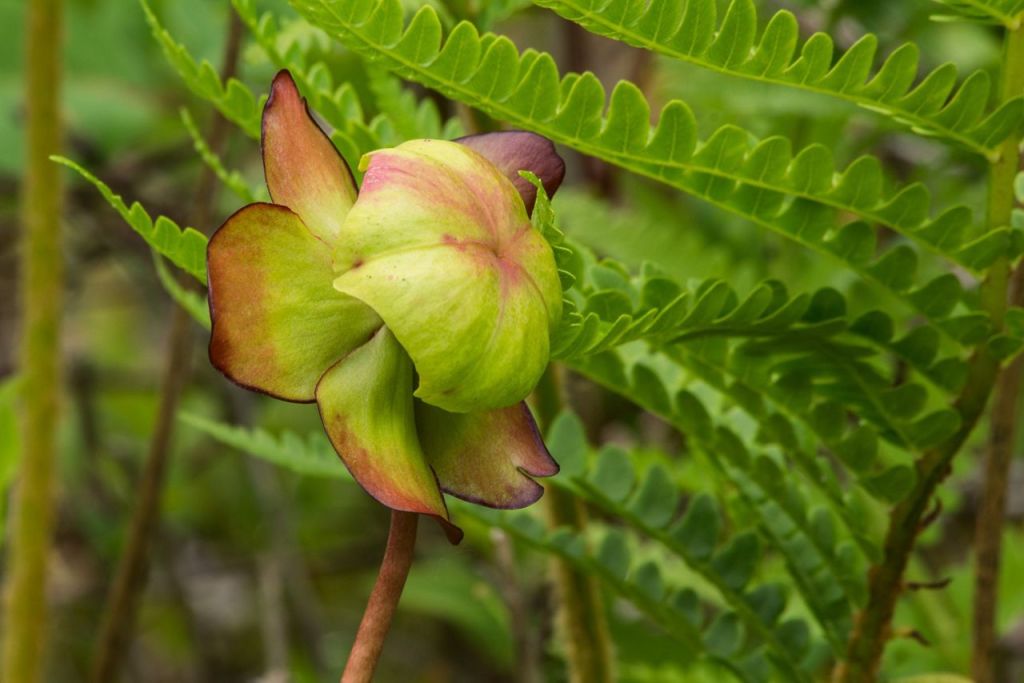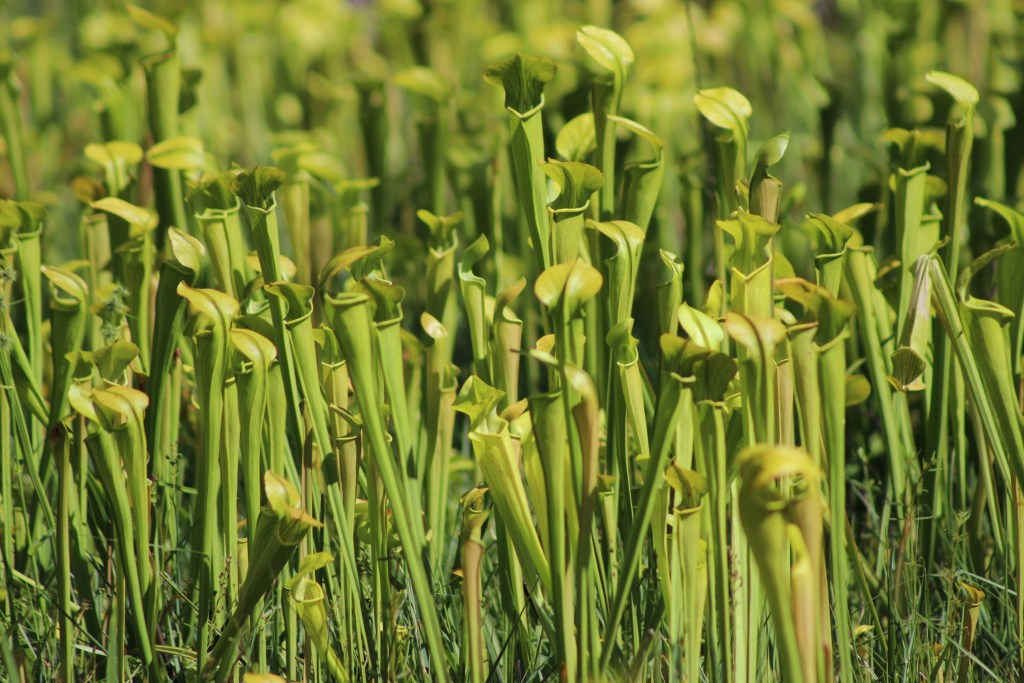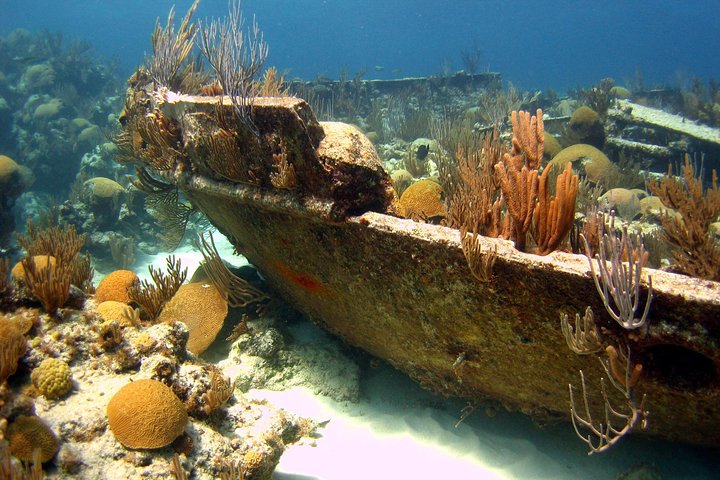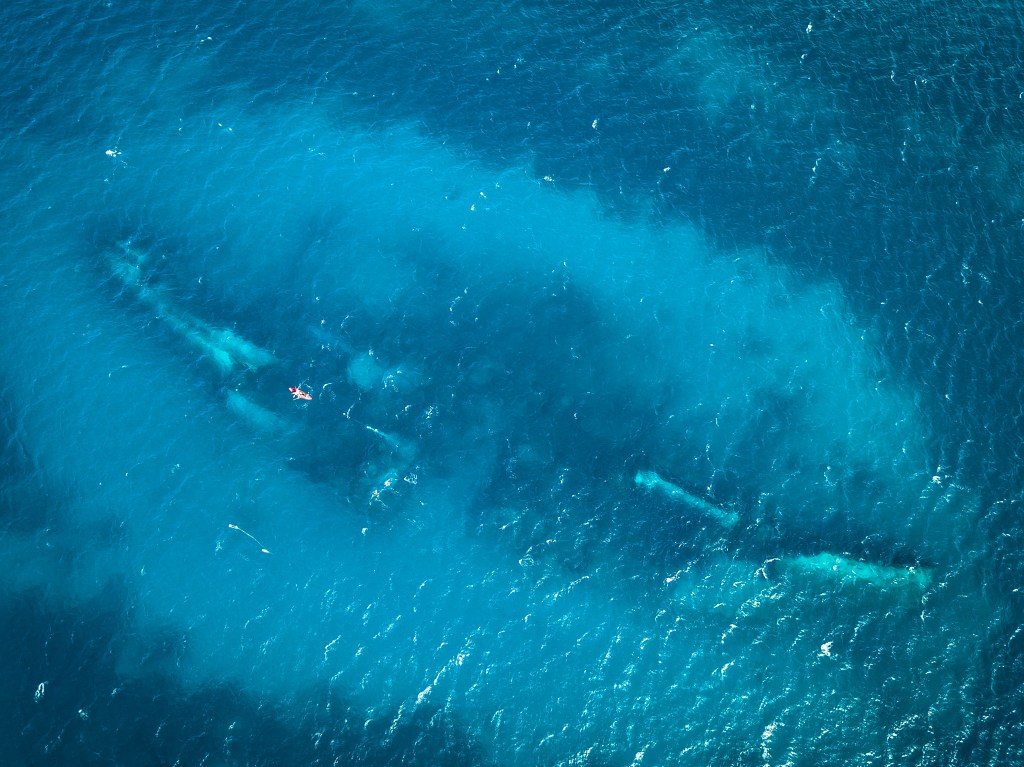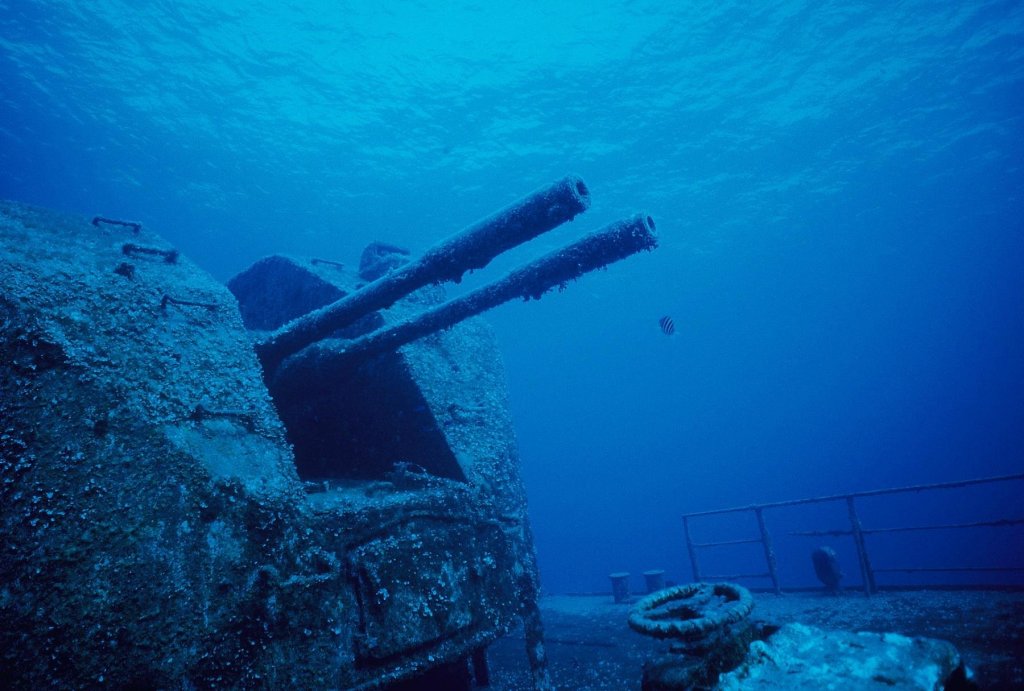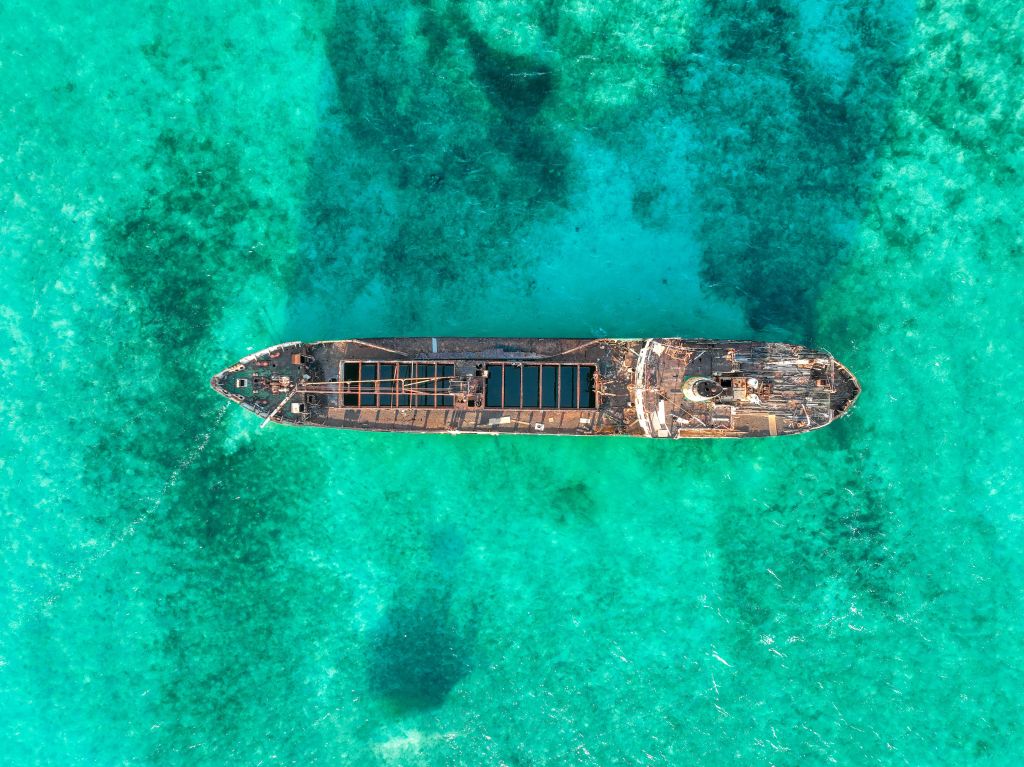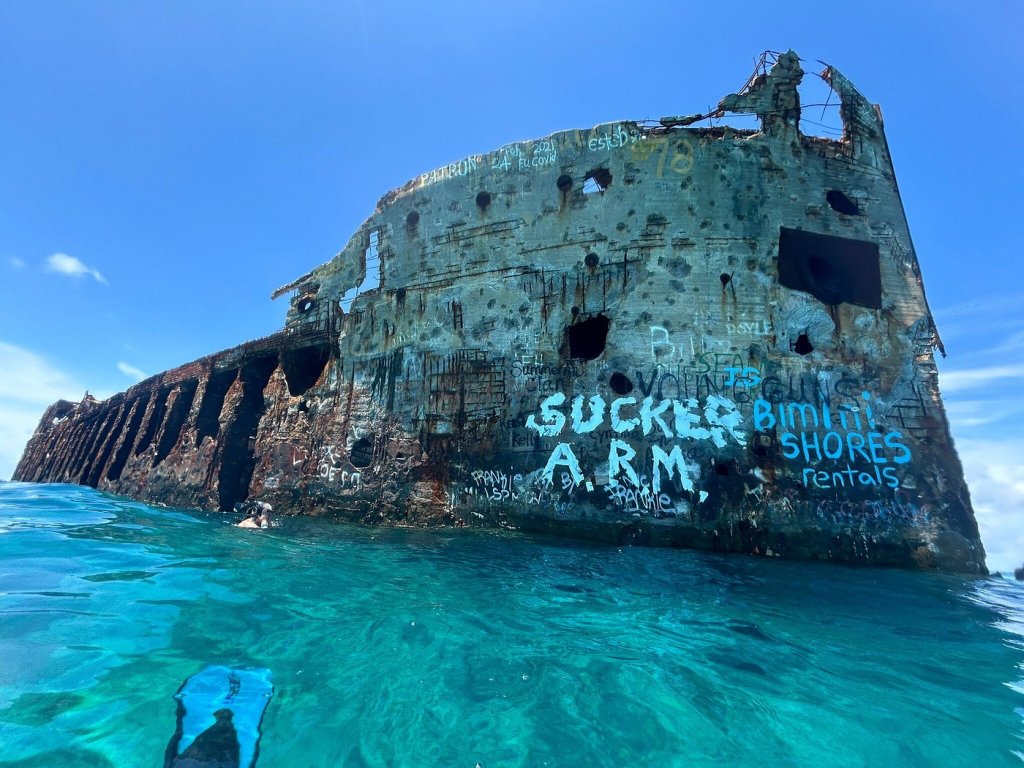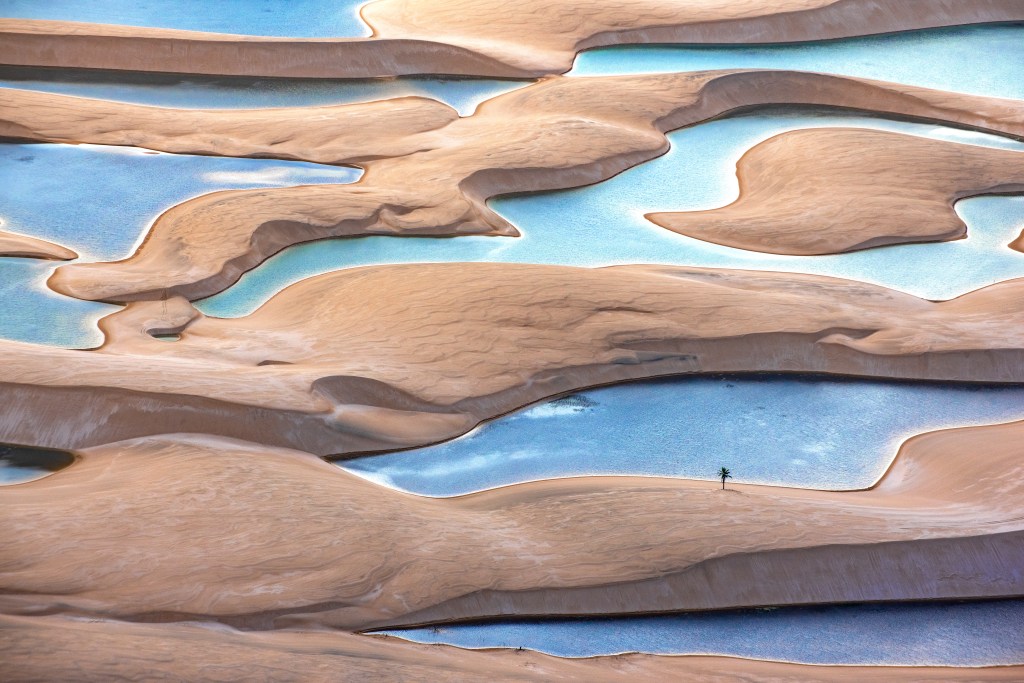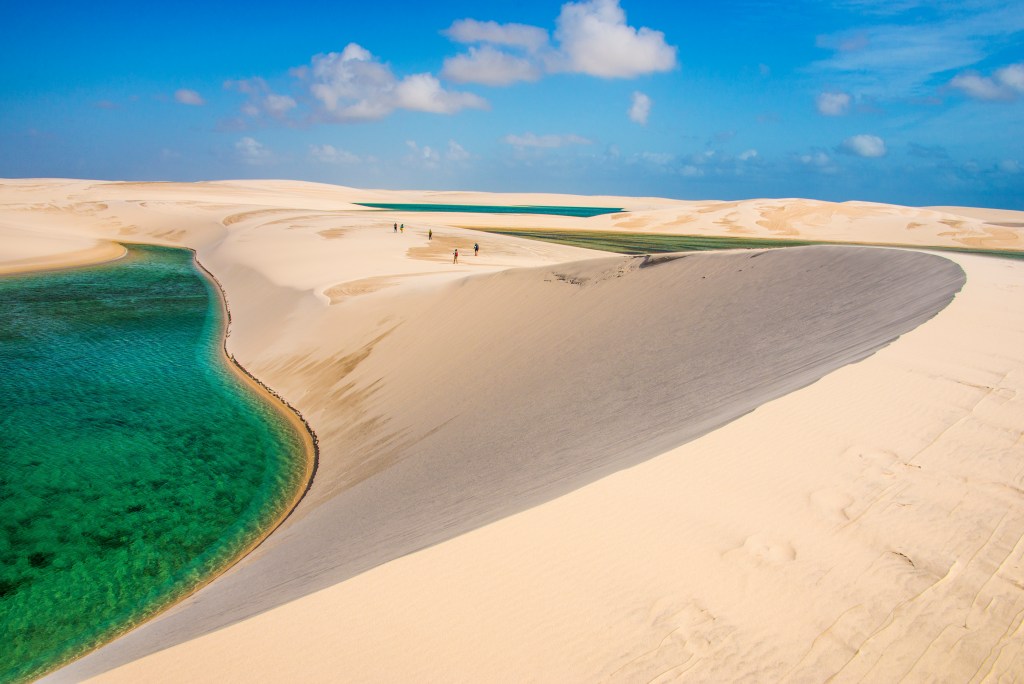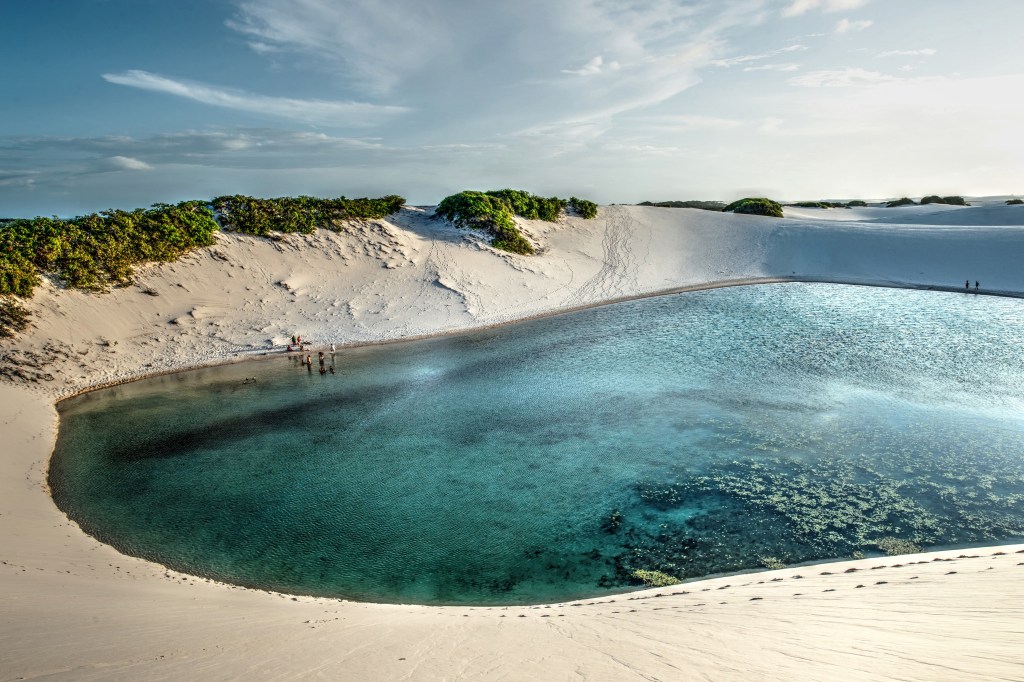Did you know there’s a town called Dinosaur, Colorado?
It’s not as weird as it sounds; Dinosaur is the headquarters of and gateway to Dinosaur National Monument. This massive park spans over 210,000 acres, stretching between Utah and Colorado in the high desert mountains.
The site gets its name thanks to its massive paleontological impact. The area is home to 1,500 dinosaur fossils, many of which are well-preserved and nearly whole. There are also important petroglyph sites throughout the area, giving you direct access to some of our continent’s oldest human activity.
Even if those topics don’t tickle your fancy, Dinosaur National Monument is still a great place to hike, raft, and even camp. As of 2019, it’s also part of the International Dark-Sky Association, giving you unspoiled views of the constellations at night.
Still, the sheer size and scope of this park make it hard to explore off the cuff. If you’re heading to Dinosaur, Colorado, or Vernal, Utah, and want to stop in, here’s what you can’t miss.
What to do at Dinosaur National Monument
Explore the fossils at Quarry Exhibit Hall (Utah side)

Head to Quarry Exhibit Hall to take a closer look at some 45,000 objects that are catalogued and displayed. The most impressive is the Allosaurus skull, which looks like something out of an Indiana Jones movie. There are even remnants of extinct plants, too.
The coolest part of the hall is the quarry wall, where you can see actual fossils still sunken into the ancient rock and even touch them.
Or you might be more drawn to the holotypes section. Holotypes are the first-ever discoveries of their kind. In other words, Quarry Exhibit Hall is an active research site where new dinosaurs are being discovered.
See the petroglyphs around the park (most on Utah side)

I’m a history fan more than a paleontology fan, meaning I’d head straight for the petroglyphs. They date back to Fremont culture, some as old as 300 CE and as young as 1300 CE. They depict humans, animals, deities, and more.
You can explore different petroglyph sites here. Some are easily accessible from popular hiking trails, while others require a longer hike. I’d personally head for the Deluge Shelter petroglyphs and the McKee Springs pictographs.
Soak up the gorgeous views from Echo Park and Harpers Corner (Colorado side)
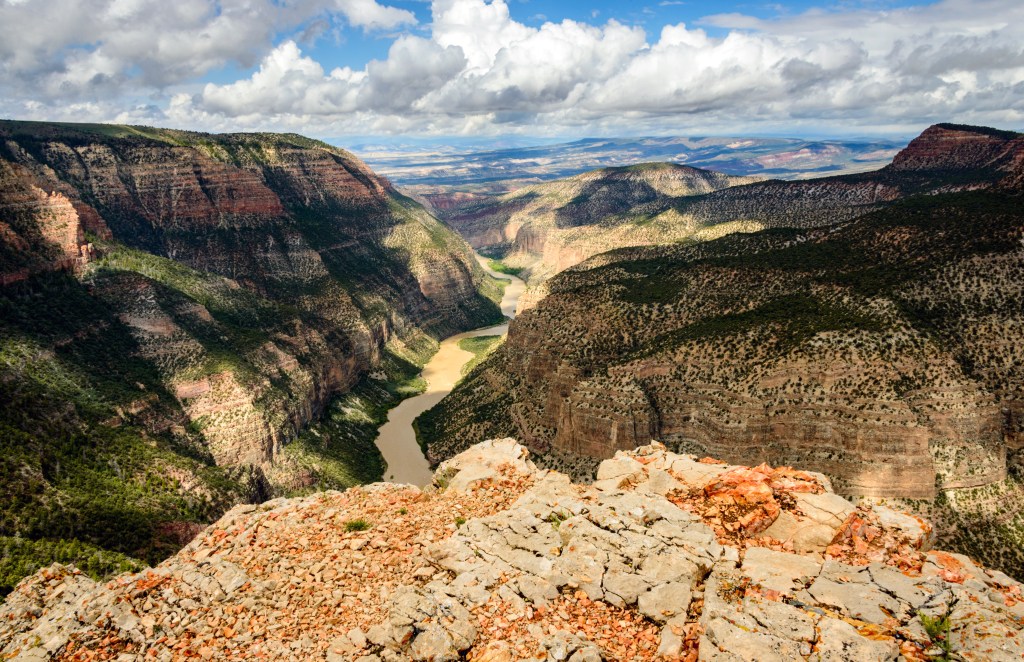
When you’re all tuckered out from exploring the quarry and hiking to Dinosaur Natonal Monument’s coolest pictographs, you can take a load off at multiple scenic stops. Echo Park is the most famous, as it showcases the monolithic Steamboat Rock. Sheer cliffs rise around the Green River, letting you kick back inside a gorgeous canyon.
Harpers Corner is another popular stop. This one offers panoramic views from 2,000 feet above the canyons and the Green River. Just be ready for a bit of a hike; if you’re tired, stick to Echo Park instead.
Hike the dramatic canyons around the visitors center, Cub Creek, and Harpers Corner
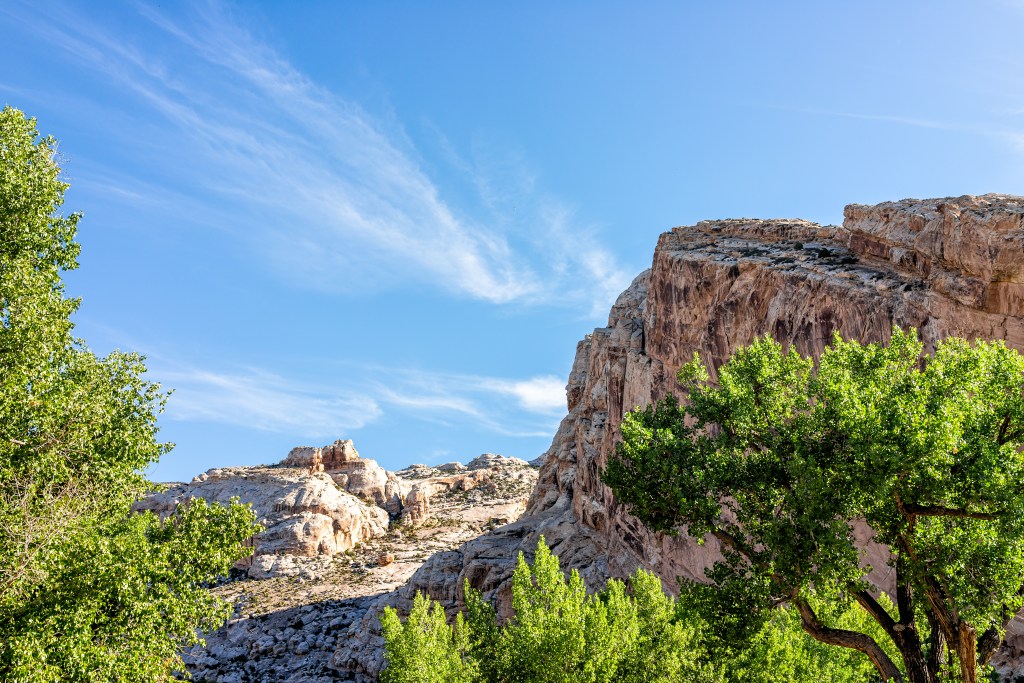
Speaking of hiking, you’ll have plenty of options on how to get around. Dinosaur National Monument has made it easier than ever before by dividing its trails into difficulty levels and state access. Make sure to look for whether or not pets are allowed on the trails—many hiking trails are off-limits.
Go rafting down the Green and Yampa Rivers
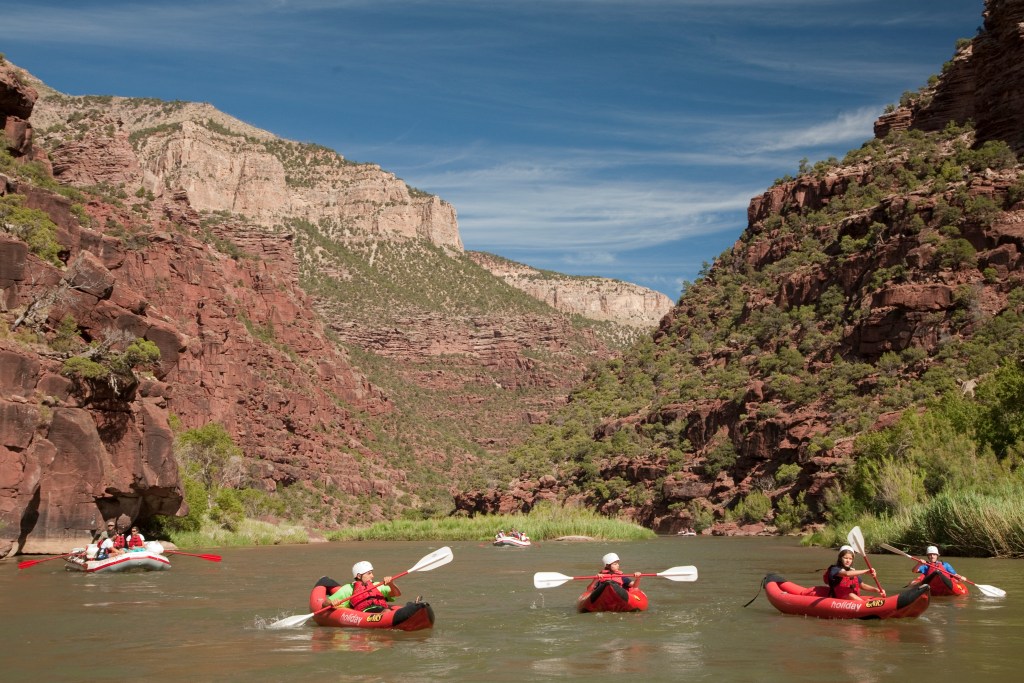
Dinosaur National Monument is home to the Green River and the Yampa River, which join near Echo Park. Both rivers are renowned for their rapids, which are great for more experienced rafters. They’re home to Class III and Class IV rapids—and one of the Yampa River’s most popular passes is called the Maytag thanks to its boat-flipping tendencies.
Camp to get the full experience
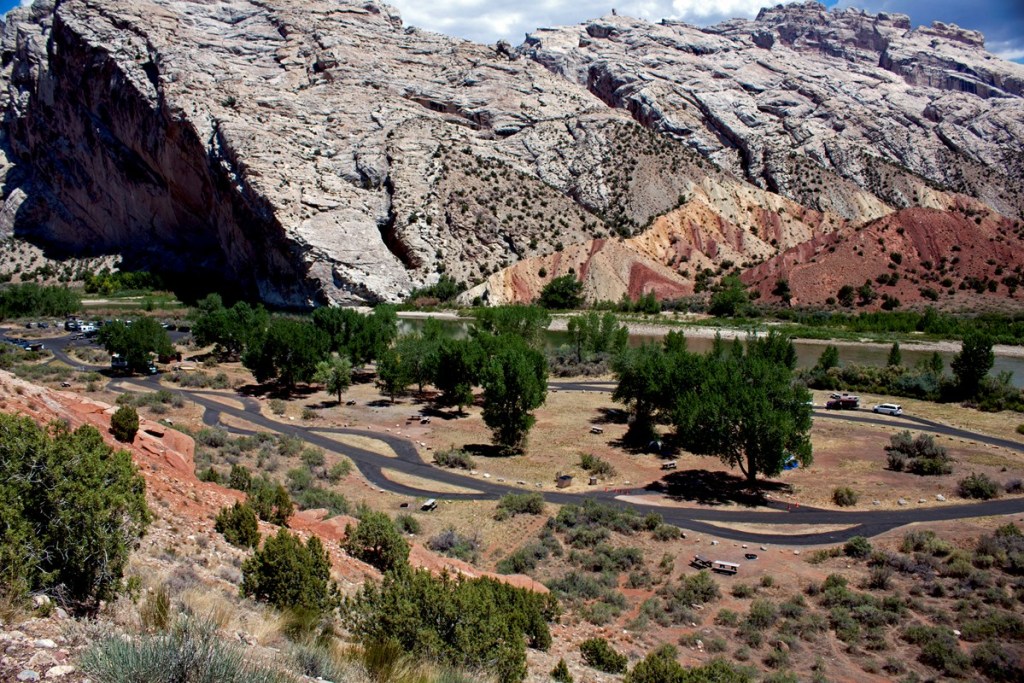
If you’re swooning thanks to all those fossils and petroglyphs, know that you can camp inside Dinosaur National Monument to slowly explore its many offerings. There are five campgrounds and one no-water site for you to pick from on the Colorado and Utah sides.
Echo Park is one, in case those canyon and river views appeal to you. Split Mountain is another popular choice based on the gorgeous canyon and mountain views.



